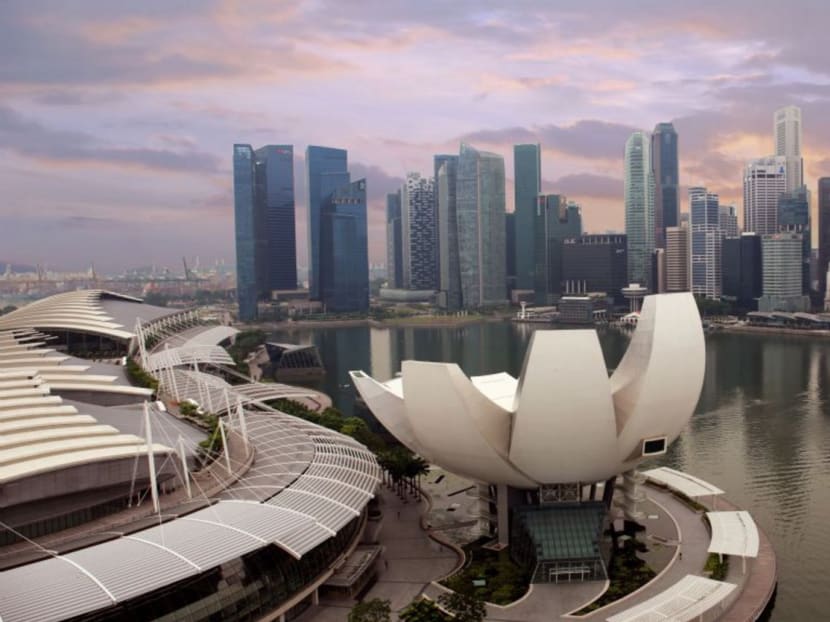Inflation eases in June on lower housing costs
SINGAPORE — Inflationary pressures eased last month from the previous month, due to sharply lower costs of housing maintenance and repairs as well as the slower pace of increase in private road transportation costs.

Inflationary pressures eased last month from the previous month, due to sharply lower costs of housing maintenance and repairs as well as the slower pace of increase in private road transportation costs. Photo: Reuters
SINGAPORE — Inflationary pressures eased last month from the previous month, due to sharply lower costs of housing maintenance and repairs as well as the slower pace of increase in private road transportation costs.
The All-Items Consumer Price Index (CPI) rose 0.5 per cent year-on-year last month, slowing from the 1.4 per cent increase in May, the Monetary Authority of Singapore (MAS) and Ministry of Trade and Industry (MTI) said in a joint statement yesterday. Economists in a Reuters poll had expected the All-Items CPI to rise 0.7 per cent last month.
The lower headline CPI increase largely reflected the fall in housing maintenance and repairs inflation on a year-ago basis, as the base effects associated with the disbursement of the service and conservancy charges (S&CC) rebates dissipated, the MAS and MTI said. This contributed to a 3.9 per cent fall in the cost of accommodation last month, larger than the 1.5 per cent decline recorded in May.
Meanwhile, private road transport inflation slowed to 3 per cent last month from 6.1 per cent in the previous month, mainly on account of a fall in car prices and smaller petrol price increases.
“Notably, the price drags came from housing and utilities; communications; and recreation and culture. In particular, the timing effects of the disbursement of S&CC rebates led to sharply lower housing maintenance and repairs inflation. Private road transport inflation also decelerated as car prices fell and petrol prices saw more gradual hikes,” said Ms Selena Ling, head of treasury research & strategy, OCBC Bank.
“In contrast, leading the price hikes were education, healthcare, clothing and footwear, public transport and food,” she added.
UOB economist Francis Tan said: “The continuous decline in COE prices in the July and August bidding exercises should continue to weigh on car prices for the next two months of data.”
June’s reading brings the rise in the headline CPI to 0.7 per cent in the first half of the year from the corresponding period a year earlier, reversing the 0.2 per cent decline in the second half of last year.
Among households, the lowest 20 per cent income group saw headline inflation falling by a marginal 0.1 per cent on a year-on-year basis in the first half of this year, data from the Department of Statistics (Singstat) showed. On the other hand, headline inflation for the middle 60 per cent and highest 20 per cent income groups increased by 0.6 per cent and 1.0 per cent, respectively, over the same period.
During the first half, all three income groups had to pay higher prices for food and petrol, as well as tuition and other fees. Healthcare services cost, road tax, electricity tariffs and parking fees also increased on a year-on-year basis. However, accommodation costs as well as bus and train fares fell for all three income groups, Singstat said.
MAS core inflation, which excludes the cost of accommodation and private road transport, eased to 1.5 per cent last month from 1.6 per cent in May, reflecting slower services and food inflation
The MAS and MTI said conditions remain slack in the labour market, and this is expected to dampen underlying wage pressures, even as commercial and retail rents have continued to ease. The official forecasts for headline and core inflation for this year are at 0.5 to 1.5 per cent and 1 to 2 per cent, respectively.





